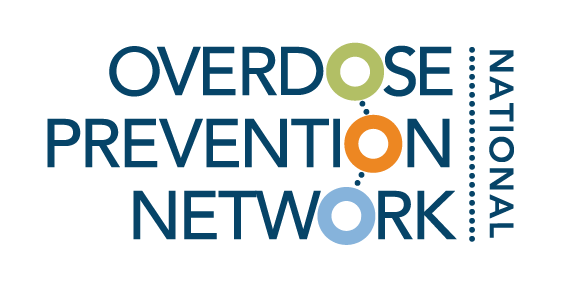
Overdose Prevention 101 Guide
How to get started with overdose prevention work in your community.
▸Overdose Prevention Strategies
Saving Lives with Naloxone
Communication Strategies
Data & Measurement
Sustainability Planning
Additional Resources
Overdose Prevention Strategies
Instead of reinventing the wheel, it is important to draw on the large number of evidence-based strategies shown to reduce overdose deaths. Below we outline core strategies that align with our framework for overdose prevention:
Prevent New Addictions
Manage Pain Safely
Treat Substance Use Disorders
Stop Overdose Deaths
Prevent New Addictions
Prevention programs and public awareness campaigns can prevent or delay substance misuse by equipping individuals and families with the knowledge and skills to make healthy choices. These programs address substance use, but also promote overall health and wellbeing.
Examples of this include:
Upstream prevention and education
Youth engagement
Safer prescribing practices
Drug disposal and takeback
Trauma-informed communities
Behavioral health integration
Screening and referrals for SUDs
Related resources
Prevention programs and tools (programs and campaigns)
Public Awareness Campaigns (campaign materials)
Youth Engagement (videos and resources)
Opioid Prescribing Guidelines (guidelines)
Drug Disposal Locations (online resource)
Trauma Informed Practice (videos and resources)
Screening, Brief Intervention, and Referral to Treatment (SBIRT) (resources)
Adverse Childhood Experiences (ACEs) and Overdose Prevention (webinar)
Manage Pain Safely
Many people first develop an addiction to opioids through pills that were prescribed to them for pain, or ones they purchased illicitly. Now that clinicians are more aware of the need to prescribe safely, there is an enormous need to help those living with chronic pain – both physical and mental – manage their pain safely. Some of these strategies include:
Alternative pain therapies
Tapering high dosages
Limiting opioids + sedatives
Behavioral health services, including therapy
Related resources
Opioid Prescribing Guidelines (guidelines)
Non-Opioid Therapies for Pain Management (fact sheet)
Academic Detailing (implementation guide)
Fundamentals of Trauma-Informed Practice (webinar)
Treat Substance Use Disorders
Abundant evidence shows that medications for addiction treatment (MAT), including methadone, buprenorphine, and naltrexone, all reduce opioid use and opioid use disorder-related symptoms. More importantly, use of MAT has been shown to reduce the risk of fatal overdoses by 50%. These lifesaving medications can be prescribed by addiction specialists, emergency department clinicians, and primary care providers, including via telehealth.
Key strategies to increase access to treatment include:
Manage pushback to MAT
Conduct outreach to encourage local clinicians, emergency departments, first responders, and jails to offer MAT
Promote free virtual DEA license renewal trainings (formerly X-Waiver trainings)
Offer contingency management program for Stimulant Use Disorders
Hire substance use navigators in local emergency departments
Related resources
Overcoming Objections to MAT (issue brief)
Free virtual trainings for local clinicians that meet the DEA’s new 8 hour training requirement (free trainings)
End of the X-Waiver: A New Frontier in Addiction Treatment (webinar)
BRIDGE Model for 24/7 MAT in Emergency Departments (tools and resources)
Addiction Medicine Toolkit (toolkit)
Treatment Facilities and Addiction Providers (online locators)
Stop Overdose Deaths
To save lives, every community need to reduce the risk associated with drug use by endorsing overdose prevention principles and strategies. The goal is to reduce the negative consequences associated with drug use, and respect the rights of people who use drugs. This approach meets people where they are at and supports the spectrum of strategies including:
Examples of this include:
Naloxone training and distribution
Fentanyl testing strips
Safer drug use
Related resources
Overdose Prevention 101 (website)
Overdose Prevention Education On-Demand (training)
Principles of Overdose Prevention (website)
Find Overdose Prevention Resources Near You (naloxone finder)
Overdose Prevention's Road from Fringe to Federal Drug Policy (article)
Fentanyl Test Strips (videos and FAQs)
Syringe Service Programs (strategies and fact sheets)
